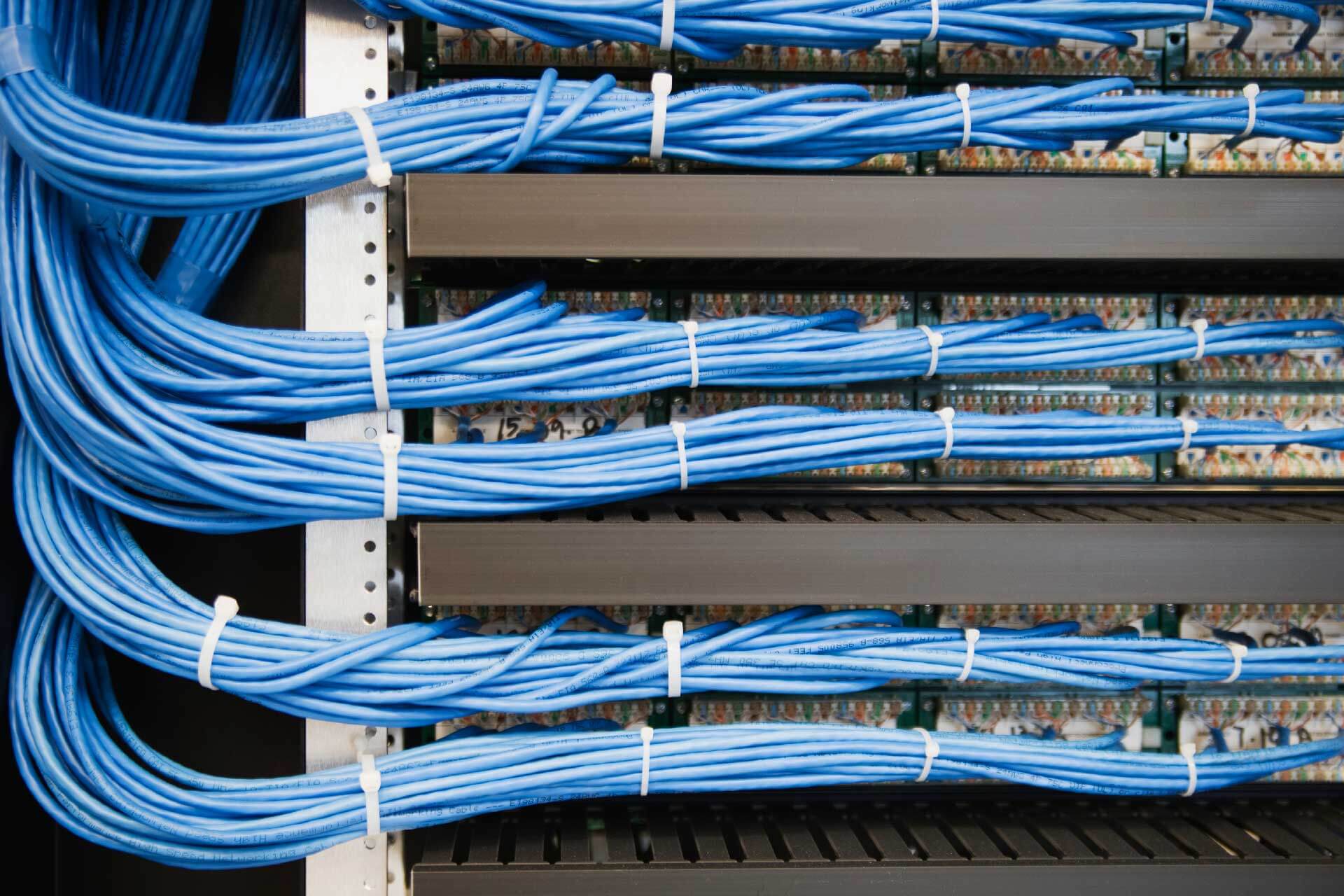Cable Basics
THE BASICS OF FIBER OPTIC CABLE (Single-mode multi-mode). A Tutorial transparentwebjpeg. BRIEF OVER VIEW OF FIBER OPTIC CABLE ADVANTAGES.


You will find two main types of networking cables in any bundle of cables lying around your office. The majority of the cables will be straight-through cables, but some may be crossover cables. In straight-through cables, the eight pins or wires that make up the cable match directly from one side of the cable to the other. With crossover cables, the send and receive wires are exchanged with each other or are crossed.
In most cases, you will want to use the standard cable because these cables are designed for connecting devices or hosts to a switch. Crossover cables are designed for switch-to-switch connections.
Many of the switches in Cisco’s product line support Auto-MDIX, which allows you to use a straight-through cable to connect two switches. If your switch does not support Auto-MDIX (or has it disabled), using a straight-through cable will not work to connect the switches, and the LED on that port will not illuminate. If you forget this, remember to check the cable when interconnecting the switch.
- What's the Difference Between Limited Basic and Expanded Basic Cable? Learn more about the differences between Comcast's Limited Basic and Expanded Basic packages.
- Nov 29, 2010 Visit Allied Wire & Cable at - There are many components that go into an electrical cable, from the conductor, to the insulation, to a.
These cables will have either fiber connectors or some type of RJ45 connectors. Typically, you will use RJ45 connectors in ports, as shown. In this figure, notice that each switch port is numbered and illuminates when a running device is connected to the switch. Also, ensure that your cables still have their retaining clips on them and that the connectors are fully seated in the switch port socket.
Just as straight-through cables will not connect switches with auto-MDIX disabled, crossover cables will not connect devices to switches with auto-MDIX disabled.
Cable Basics Pdf
After you have connected your client device to the switch, do not expect to be able to communicate with your new network neighbors right away. Fnaf 1 pc download.
By default, Spanning Tree Protocol (STP) is enabled on all of your ports, which means that new devices are not allowed to communicate until the switch is sure that the connected device is not another switch. STP does this by implementing a listening phase during which the switch is not allowed to send traffic to main data network.
If the switch passes the test, then the port transitions into a forwarding state. You will see the light for that port change from amber (blocking) to green (forwarding).
If you are powering up a switch from your shelf, do not connect it to the main network just yet. If the switch you are powering up has a VLAN database with a higher reversion number than your production switches, it will overwrite your production configuration, possibly deleting all of your production VLANs.